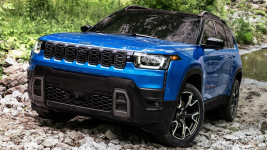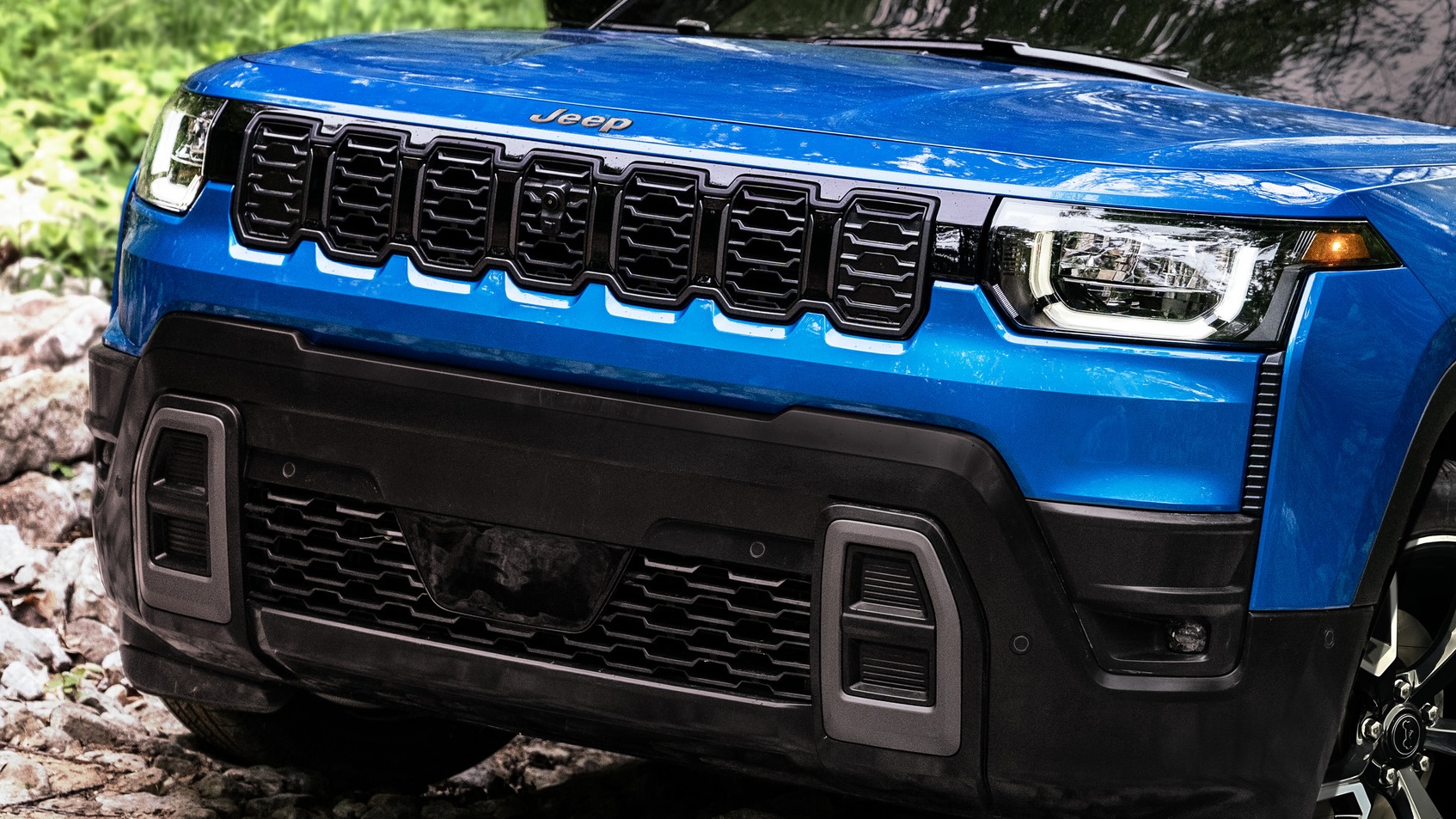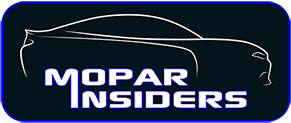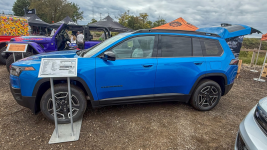People continue to project their own bias into the market place. That one would say put a lazy old powertrain in it or I won't buy it, shows it. Please Please put something that is heavy, underpowered, poorly packaged, and less efficient..... is NOT a broader market position.
Lets sit it product meeting a make that pitch, yes there is no ROI and it make the product worse is nearly every aspect weight, power, balance, braking, handling, emission, efficiency, manufacturing complexing, regulatory approval ...... Sure Kevin... here is a paper box your last check will come in Mail ........ but but guys on the Mopar forum want old tech engines cuz even though hybrid tech is proven and in high demand everywhere else and decades old just because they are new adverse. Great Kevin you want us to compete with our own Used vehicles? Good luck in life.
We want affordability... Build one powerplant and build it well. I not concerned at all with it being Hybrid, in fact it would be suicide NOT to offer it as Hybrid, I am not concerned with it being exclusively a Hybrid.... I am concerned that it is PSA based.
My expectation is this is the FWD Large so the engine will run direction for best packaging.... So if there is another powertrain offered I would like to see a upgrade to the 2.0 and e-axle .....
As for putting the Hurricane 6 in it.... LOVE THE Idea... SRT Cherokee.....




not happening but love it. They should drop the in JGC and Wrangler first though.


 moparinsiders.com
moparinsiders.com

